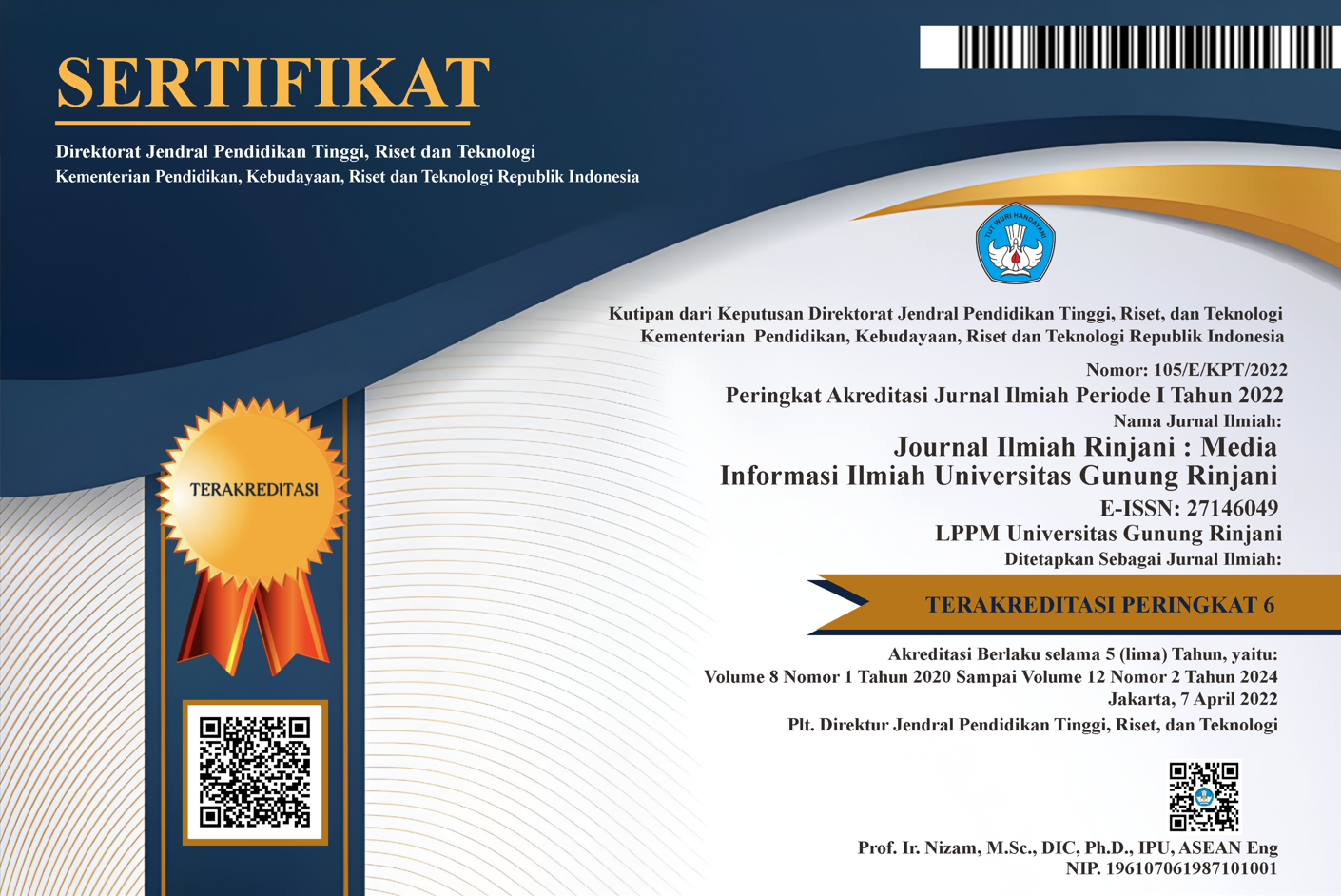KEWENANGAN MAHKAMAH KONSTITUSI MENYELESAIKAN SENGKETA PEMILIHAN UMUM KEPALA DAERAH DAN WAKIL KEPALA DAERAH
Keywords:
Kewenangan, Implikasi Putusan dan Sengketa hasil pemilihan Kepala Daerah dan Wakil Kepala DaerahAbstract
Salah satu perwujudan pelaksanaan demokrasi adalah adanya pemilukada (Pemilihan Umum Kepala Daerah). Dengan adanya pemilukada membuktikan bahwa kedaulatan sepenuhnya berda di tangan rakyat. Rakyat menentukan sendiri masa depannya dengan secara individu memilih pasangan Kepala Daerah dan Wakil Kepala Daerah. Dari kata-kata tersebut terlihat jelas tentang adanya pelibatan rakyat secara langsung dalam proses pemilihan Kepala Daerah dan Wakil Kepala Daerah. Jenis penelitian ini adalah penelitian Hukum Normatif dengan menggunakan pendekatan Perundang-undangan dan pendekatan konseptual. Ketentuan Pasal 24 C ayat (1) UUD 1945 memberikan kewenangan Mahkamah Konstitusi untuk memutus perselisihan hasil pemilu. Lebih lanjut, ketentuan UU No. 24 Tahun 2003 tentang Mahkamah Konstitusi mengamanatkan bahwa perselisihan tentang hasil perolehan suara pemilu diselesaikan melalui Mahkamah Konstitusi. Tata cara pelaksanaan penyelesaian perselisihan perolehan hasil suara dalam pemilukada telah diatur dalam Peraturan Mahkamah Konstitusi No. 15 Tahun 2008 tentang Pedoman Beracara dalam perselisihan Pemilukada. Ketentuan Pasal 24C ayat (1) UUD 1945 yang dikuatkan dengan Pasal 10 ayat (1) Undang-Undang Nomor 24 Tahun 2003 tentang Mahkamah Konstitusi yang menyatakan bahwa Mahkamah Konstitusi memiliki 4 (empat) kewenangan mengadili pada tingkat pertama dan terakhir yang putusannya bersifat final untuk :”(1) Menguji Undang-Undang terhadap UUD 1945; (2) Memutus sengketa kewenangan lembaga negara yang kewenangannya diberikan oleh UUD 1945; (3) Memutus pembubaran partai politik; dan (4) Memutus perselisihan tentang pemilihan umum”.
Kata Kunci : Kewenangan, Implikasi Putusan dan Sengketa hasil pemilihan Kepala Daerah dan Wakil Kepala Daerah
ABSTRACT
One manifestation of the implementation of democracy is Electoral Districts. With its sovereignty fully proves that pemilukada berda Saturday at the hands of the people. The people determine their own future by individually selecting pairs of Head region and Deputy Head of the region. Of those words clearly visible involvement of people directly in the process of the election of the head of a region and Deputy Head of the region. This type of research is the normative legal research using an approach legislation and conceptual approach. The provisions of article 24 C of paragraph (1) The Constitution of 1945 gave the Constitutional Court has the authority to break disputes the election results. Further, the provisions of Act No. 24 of 2003 the Constitutional Court mandates that disputes about the vote tally election results were resolved through the Constitutional Court. Dispute resolution procedures for the implementation of the outcome of the vote tally in pemilukada has been set in the regulations of the Constitutional Court No. 15 of 2008 about Beracara Guidelines in strife Pemilukada. The provisions of article 24C paragraph (1) The Constitution of 1945 of strengthened by article 10 paragraph (1) of Act No. 24 of the year 2003 on the Constitutional Court to the effect that the Constitutional Court has four (4) authority to adjudicate on the first and last levels an award is final for: "(1) test the law against The Constitution of 1945; (2) Severing of disputes the State agencies the Authority those powers granted by The Constitution of 1945; (3) Disconnect the dissolution of political parties; and (4) disconnect the disputes about the elections ".
Keywords: Authority, the implications of the ruling and Disputed election results the head region and Deputy Head of the regional














